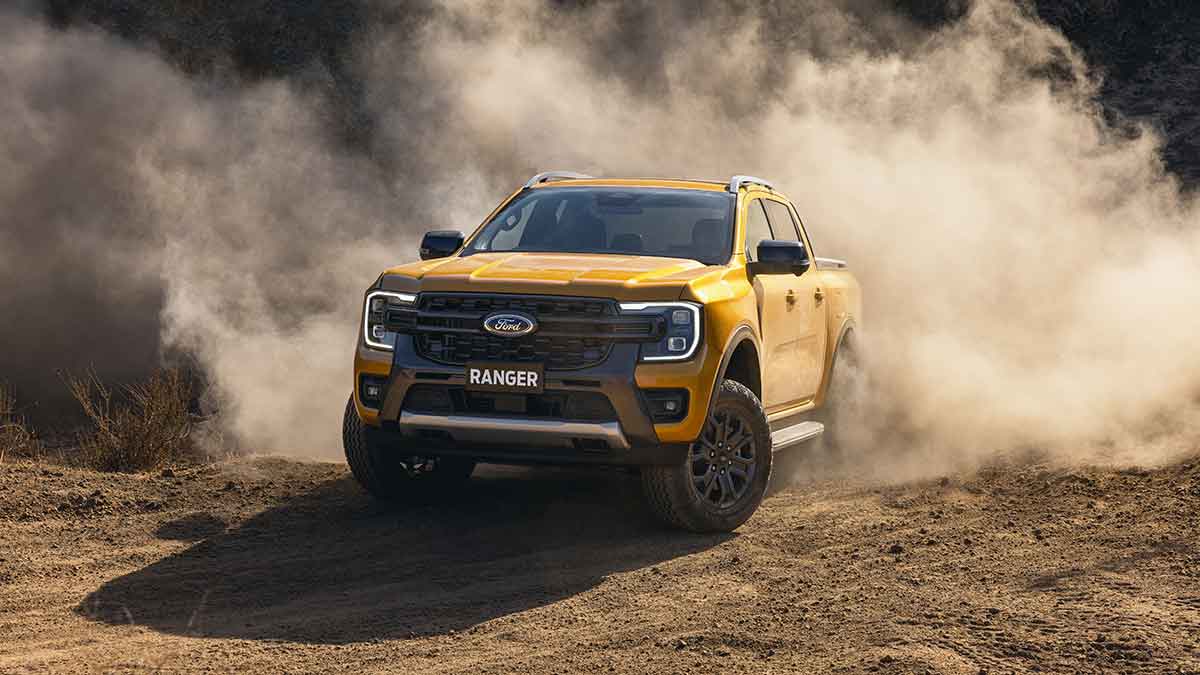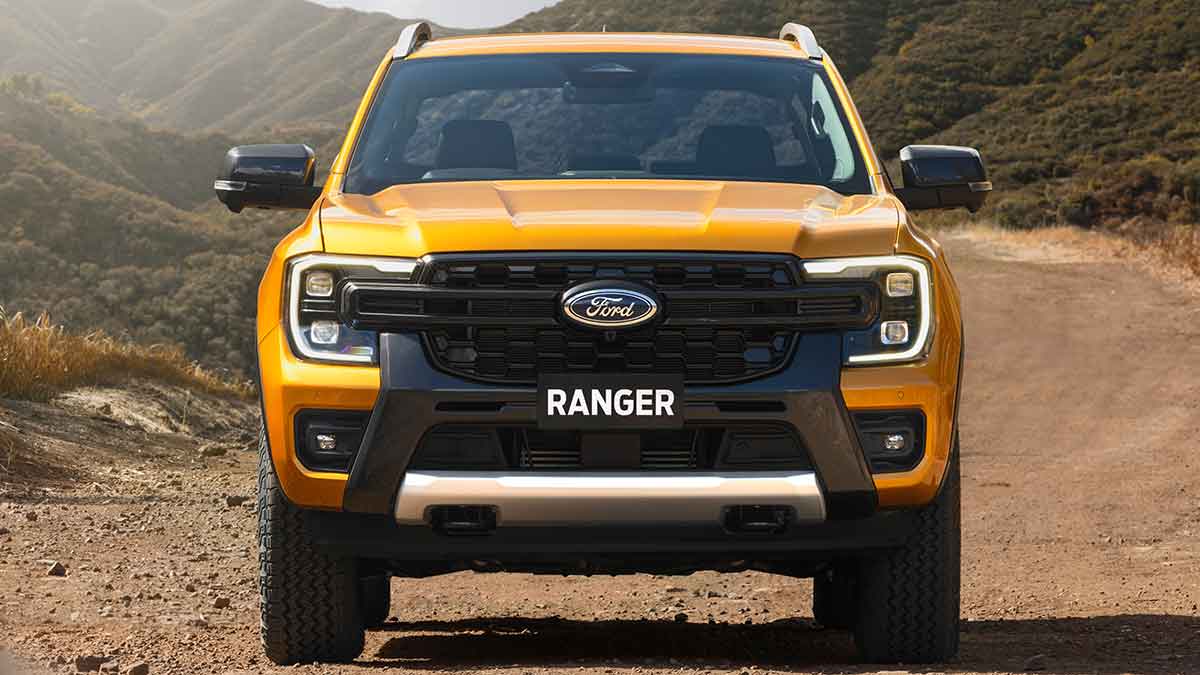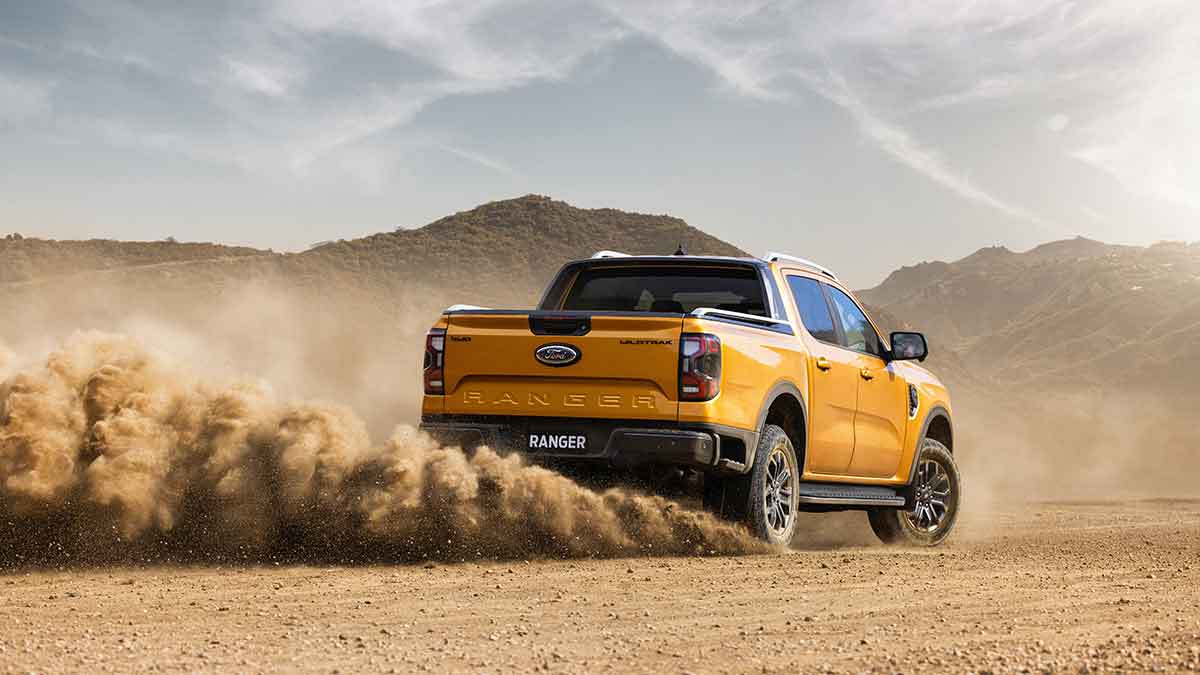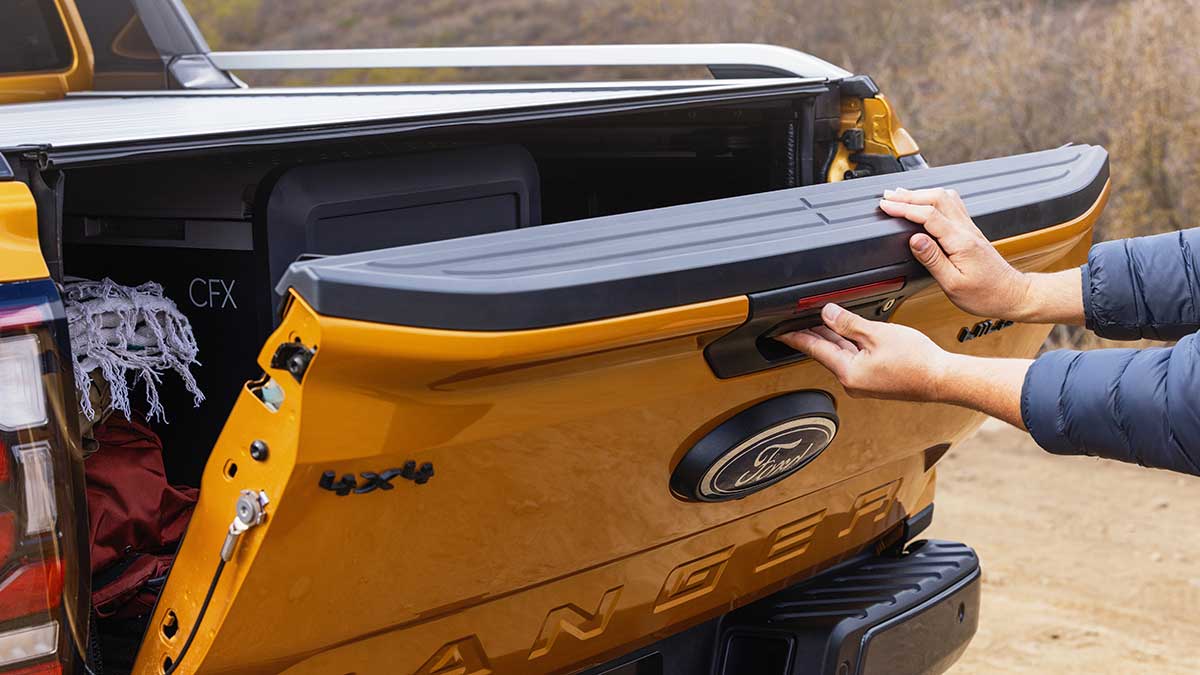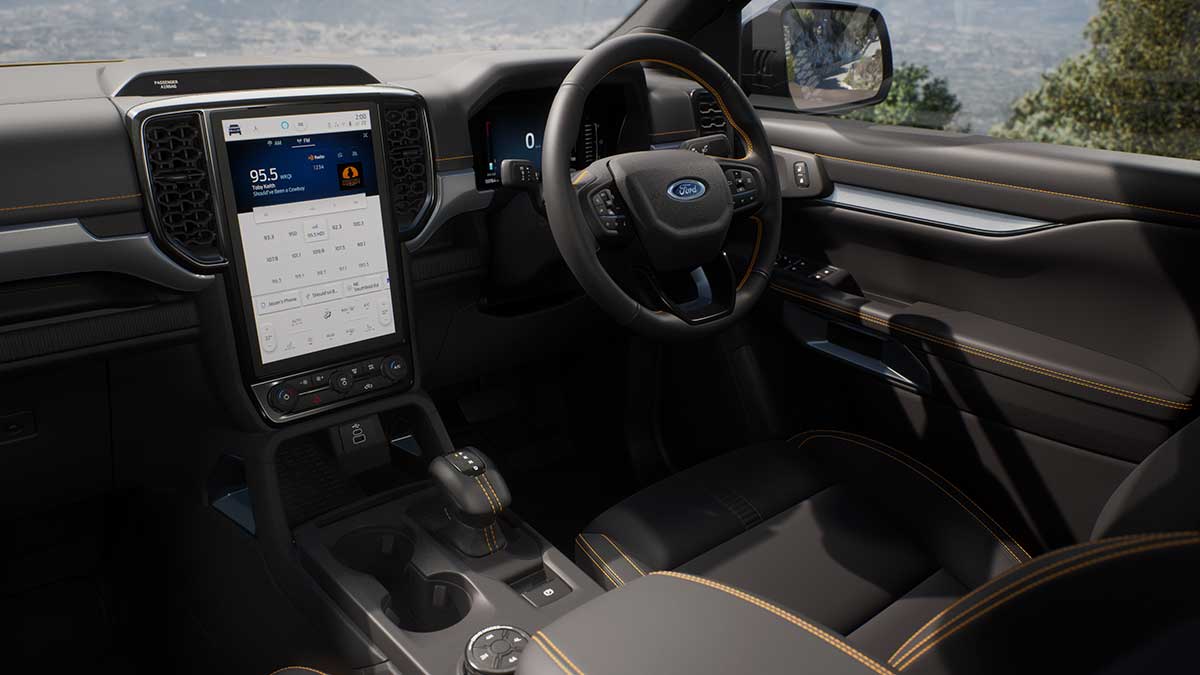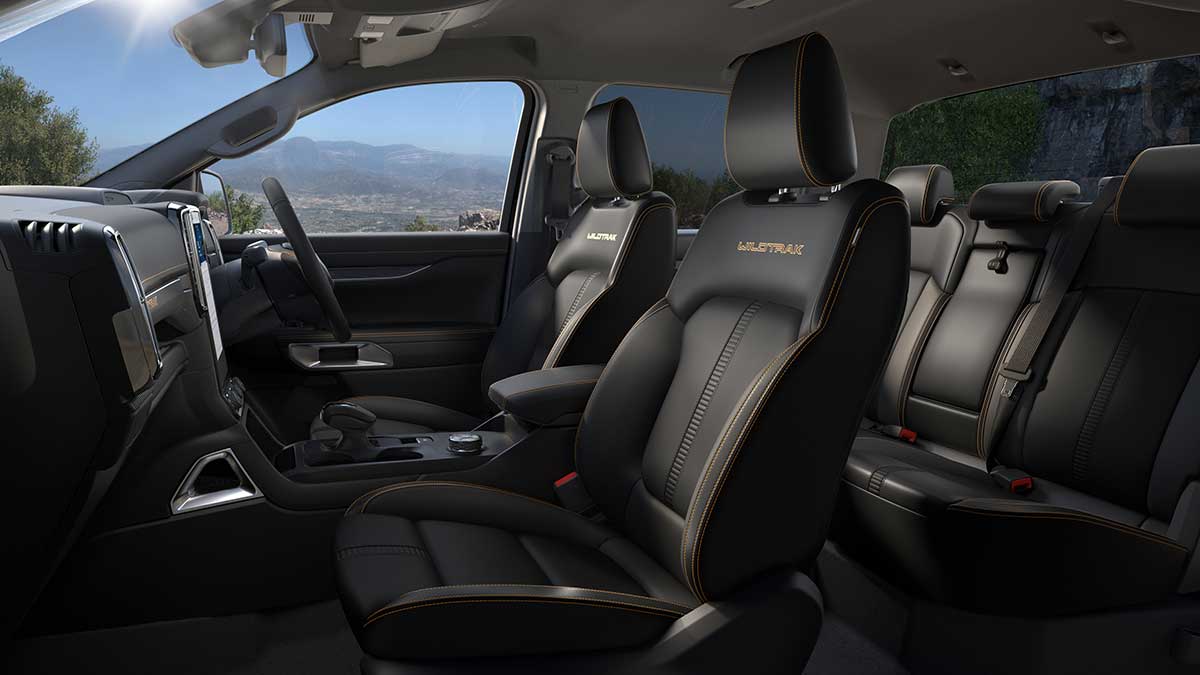The ninth-generation Toyota HiLux has arrived, bringing with it a futuristic forward exterior design, more safety and tech and the same rugged capability owners love. Will the updates tempt private buyers away from the Ford Ranger or are they just enough to keep fleets onside?
Next-generation Ford Ranger built for brains and brawn
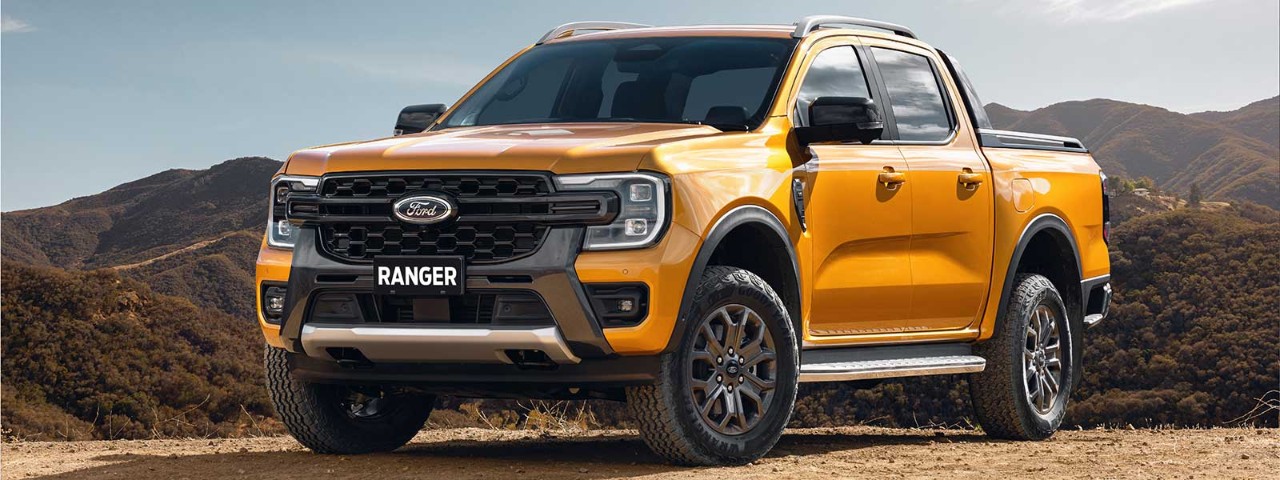
The best-selling private 4x4 vehicle in Australia is about to get a major update.
The Ranger was born and bred in Victoria, which is why Ford sell more of the tough off-roaders in Victoria than anywhere else in the country. Ford’s success with the Ranger across Australia could soon contribute to it beating the Toyota HiLux as the best-selling car in the country for 2021.
This year, more than 13,700 Rangers have been sold in Victoria, despite buyers knowing an updated model was due next year. That compares to 8,519 Toyota Hilux models and 4,469 Isuzu DMax.
Ford Australia attributes the local sales spike, in part, to the fact family and friends of more than 2,500 Ford staff who worked on the latest Ranger iteration have been assured it is the best pick-up on the market.
Given the Ranger’s sales success, Ford will be hoping their winning formula continues as the Aussie-influenced vehicle is destined to be sold in 18 countries globally.
Though only time (and buyer opinion) will tell, Volkswagen will also be rooting for the Rangers’ success, given the next-generation Amarok is based on the Ranger platform.
Ford’s Thai-built version is expected to arrive midway through next-year, with the VW derivative landing in Australia in early 2023.
Bigger for better
Ford has just released details of the new model, including the revelation that a full-size pallet can now fit in the rear tray.
That’s a big deal for business owners who use the vehicles to transport goods, meaning there is no longer a need to repack items delivered on-pallet to a warehouse, providing they sit under the vehicle’s load-carrying capacity, which is yet to be revealed.
Ford has confirmed single and dual-turbo versions of the 2.0-litre diesel engine, along with a 3.0-litre turbodiesel engine for the heavy-haul enthusiasts towing a large boat or caravan and want that extra torque to cruise at highway speeds.
The existing model range will continue with five variants, ranging from the fleet-friendly XL through to the family-oriented Wildtrak version. The off-road oriented Ranger Sport will now become a permanent addition, with the top-spec Raptor - expected to use a petrol engine - to come to salesrooms soon after launch.
One reason the previous iteration of the Ranger (introduced in 2015) was so popular, was the gruff, squared-off looks, and the new model enhances that with marked similarities to the US-built F-series trucks.
The visual similarities extend to the C-shaped daytime running lights that surround the LED headlamps, extended wheelarches (to accentuate wheel-width) and a mesh-inlayed grille.
Recovery hooks in the front bumper add to the impression of off-road capability.
“Customers told us the Ranger needs to look tough and needs to inspire confidence. They were very clear in what Ranger should be, both in the way it looks, and the way it makes them feel,” chief designer Max Tran said.
Those customers were also clear on the fact that accessing the rear tray could be an issue (as it is in any pick-up). Ford responded by building a new side-step behind the rear wheels to give owners a more stable way to step into the tray.
Tech-savvy
Infotainment screen options range from 10.1-inches in the lower-spec variants to 12.0-inch in the more expensive versions - you get what you pay for.
Both screens use Ford’s latest Microsoft-built Sync4 system, including an in-built modem, so there is constant connectivity (though likely to be ineffective in outback Australia) when linked with the FordPass app, remote start/lock/unlock via a smartphone, along with a vehicle status check.
The infotainment screen is also linked to a 360-degree camera to assist parking in tight urban spaces or to assist when negotiating particularly tricky terrain while out exploring.
The Ranger’s software will also be ‘future-proofed’ to enable updates via the embedded modem. Long-term, those updates will extend to some service-based issues, meaning customers may not have to schedule a service for software-related issues.
If you need your new Ranger serviced, Ford has committed to picking up and delivering the vehicle for you, or replacing it with another vehicle during the service period (no word yet on whether that’s a cost option or free-of-charge deal).

A different approach
Beyond the infotainment system, Ford has improved the interior design and materials to emulate regular SUVs.
“You’ll find the interior plush but with the dual purpose of work and play in mind. The new short-throw e-shifter is central to the layout and is another example of where customers really guided our decision making,” said Tran.
“Customers overwhelmingly liked the e-shifter – they liked the fact that it looked higher-tech and that it was intuitive to use.”
The front wheels have also been pushed 50mm closer to the bumper to improve approach angles for serious off-roaders and those wider wheel-arches cover a base that is 50mm wider than the vehicles sold today.
Finally, expect to see a hybrid version offered at some point during the Ranger’s lifecycle. That will be presumably lithium-ion batteries, but how that will affect carrying capacity or load space has yet to be revealed.
The information provided is general advice only. Before making any decisions please consider your own circumstances and the Product Disclosure Statement and Target Market Determinations. For copies, visit racv.com.au. As distributor, RACV Insurance Services Pty Ltd AFS Licence No. 230039 receives commission for each policy sold or renewed. Product(s) issued by Insurance Manufacturers of Australia ABN 93 004 208 084 AFS Licence No. 227678.
